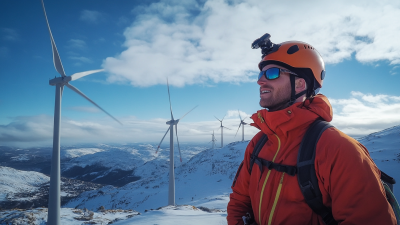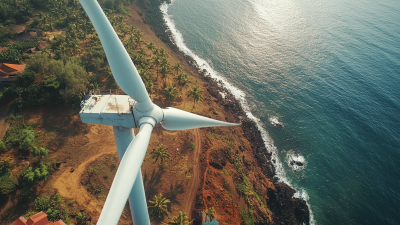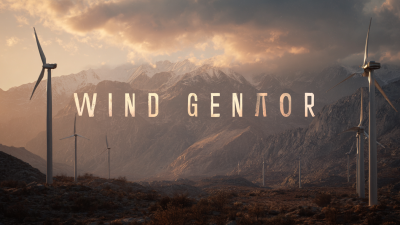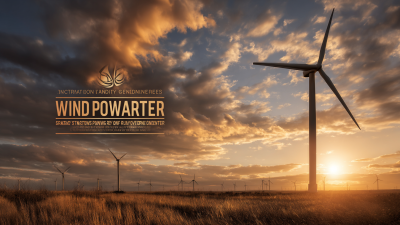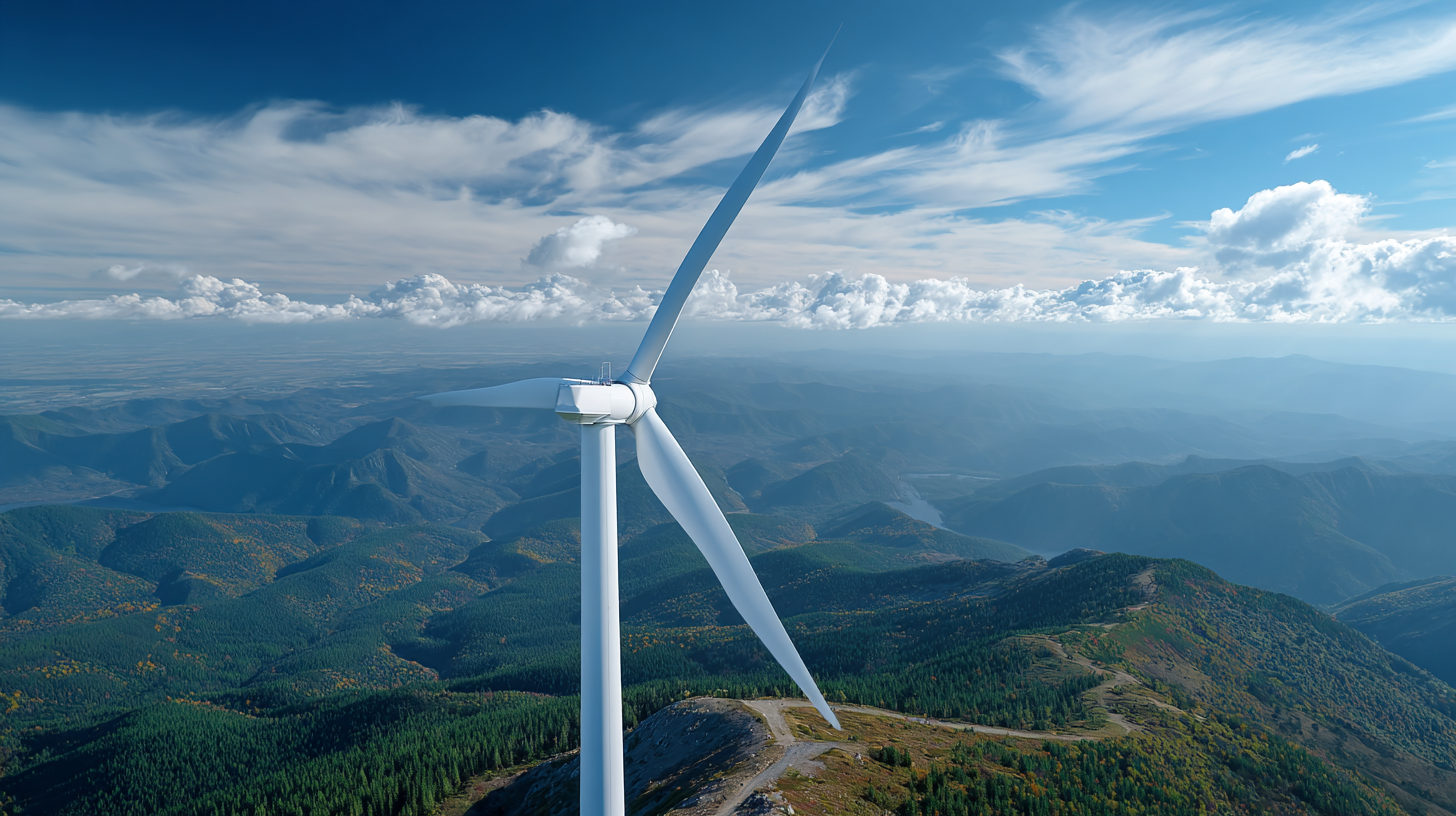 As the world grapples with the pressing challenges of climate change and the urgent need for sustainable energy solutions, wind turbines are emerging as a pivotal technology in the renewable energy landscape. According to the Global Wind Energy Council, global wind power capacity reached approximately 743 GW by the end of 2020, demonstrating a remarkable growth trajectory. In 2021, wind energy accounted for about 16% of global electricity generation, underscoring its role in reducing carbon emissions and enhancing energy security. Furthermore, the International Energy Agency projects that wind turbines could deliver over 30% of the world's electricity by 2030, highlighting their potential to not only transform the energy sector but also reshape the future of our planet. As we delve into the multifaceted benefits and advancements of wind turbine technology, it becomes clear that this renewable resource is not just a fleeting trend but a cornerstone of a sustainable energy future.
As the world grapples with the pressing challenges of climate change and the urgent need for sustainable energy solutions, wind turbines are emerging as a pivotal technology in the renewable energy landscape. According to the Global Wind Energy Council, global wind power capacity reached approximately 743 GW by the end of 2020, demonstrating a remarkable growth trajectory. In 2021, wind energy accounted for about 16% of global electricity generation, underscoring its role in reducing carbon emissions and enhancing energy security. Furthermore, the International Energy Agency projects that wind turbines could deliver over 30% of the world's electricity by 2030, highlighting their potential to not only transform the energy sector but also reshape the future of our planet. As we delve into the multifaceted benefits and advancements of wind turbine technology, it becomes clear that this renewable resource is not just a fleeting trend but a cornerstone of a sustainable energy future.
Wind turbines are increasingly becoming a cornerstone of the renewable energy landscape, significantly driving down energy costs and enhancing accessibility for communities worldwide. According to the International Energy Agency (IEA), the levelized cost of energy (LCOE) from onshore wind has plummeted by nearly 50% since 2010, with recent reports indicating figures as low as $30 per megawatt-hour in optimal locations. This dramatic price reduction makes wind energy one of the most competitive sources of electricity, inspiring investments and fostering the deployment of wind projects across diverse geographical regions.
Furthermore, the global capacity for wind energy is soaring, contributing to greater energy security and independence. The Global Wind Energy Council (GWEC) reported that total installed wind power reached over 743 GW by the end of 2022, showcasing an upward trend that opens up new opportunities for both urban and rural areas. This expansion not only provides clean energy but also paves the way for job creation, with the sector anticipated to generate millions of new positions globally by 2030. By harnessing wind power, we can bridge the energy gap, providing affordable energy access to underserved communities while simultaneously combating climate change.
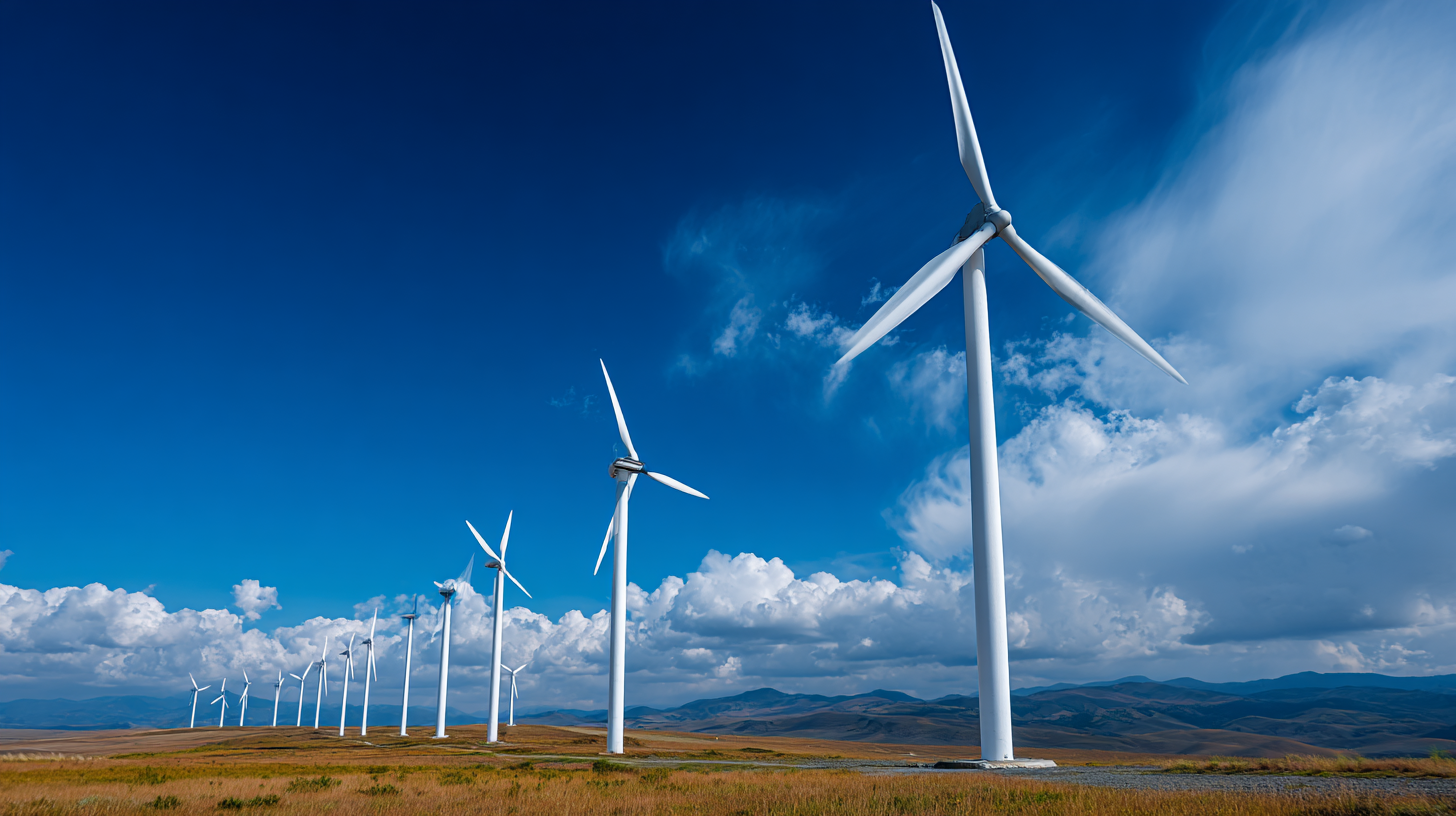 Wind turbines are at the forefront of the renewable energy revolution, thanks to innovative design techniques that significantly enhance energy efficiency. One of the key advancements includes the development of aerodynamically optimized blades. These blades are designed to capture wind more effectively by utilizing computational fluid dynamics to minimize drag and maximize lift. This results in increased energy output, even in low-wind conditions, making wind energy a more reliable source of power.
Wind turbines are at the forefront of the renewable energy revolution, thanks to innovative design techniques that significantly enhance energy efficiency. One of the key advancements includes the development of aerodynamically optimized blades. These blades are designed to capture wind more effectively by utilizing computational fluid dynamics to minimize drag and maximize lift. This results in increased energy output, even in low-wind conditions, making wind energy a more reliable source of power.
Another critical technique is the implementation of advanced control systems. These systems utilize real-time data to adjust the pitch of the blades and the orientation of the turbine, allowing for optimal performance across varying wind speeds. Additionally, the integration of sensors and predictive analytics enables turbines to anticipate changes in wind patterns, further improving their efficiency. By harnessing these cutting-edge design elements, modern wind turbines are not only more effective in generating energy but also play a vital role in reducing our reliance on fossil fuels and mitigating climate change.
Wind energy is playing a pivotal role in the quest for global carbon neutrality. As nations strive to meet ambitious climate goals, wind turbines emerge as a clean and sustainable solution that drastically reduces greenhouse gas emissions. Wind farms harness the power of the wind to produce electricity without the carbon footprint associated with fossil fuels. This transition not only mitigates climate change but also bolsters energy security and creates new economic opportunities.
When considering wind energy for your own needs, here are a few tips: First, assess local wind conditions to determine if wind turbines are a viable option for your area. Second, explore community solar or wind projects that allow you to invest in renewable energy collectively. Finally, stay informed about government incentives and grants available for renewable energy installations, which can significantly offset initial costs.
As wind energy technology continues to advance, its efficiency and affordability improve, making it increasingly accessible for various applications. From small-scale residential setups to vast offshore wind farms, the potential for wind energy to contribute to a carbon-neutral future is enormous, emphasizing its importance in our global response to climate change.
The integration of wind farms into existing energy grids is becoming increasingly essential as the world shifts toward renewable energy sources. In particular, the development of floating wind turbines is making strides in deep-water regions where traditional fixed turbines are impractical. With advancements in technology and a rising demand for renewable energy, this market is poised for significant growth. The ability to harness wind energy in previously inaccessible areas not only contributes to energy diversification but also bolsters the overall capacity of energy grids.
Countries such as the Netherlands are at the forefront of this innovation, with a long-standing commitment to offshore wind power. As of now, the Netherlands operates over 1GW of wind capacity and aims to expand this to 11.5GW by 2030. This ambitious goal indicates a robust strategy for wind energy integration, making use of advanced converter transformers that facilitate the connection of wind farms to the grid. By understanding the dynamics of this evolving market, stakeholders can better plan for the future, ensuring stable and sustainable energy resources while adapting to the challenges of grid integration.
The economic impact of wind energy extends far beyond clean electricity generation; it significantly enhances job creation and bolsters local communities. A recent study commissioned by RWE on the Sofia offshore wind farm highlights the potential for substantial economic benefits, demonstrating how such projects can invigorate local economies. Notably, clean energy initiatives not only create ongoing employment opportunities but also stimulate local businesses through increased demand for goods and services related to renewable energy projects.
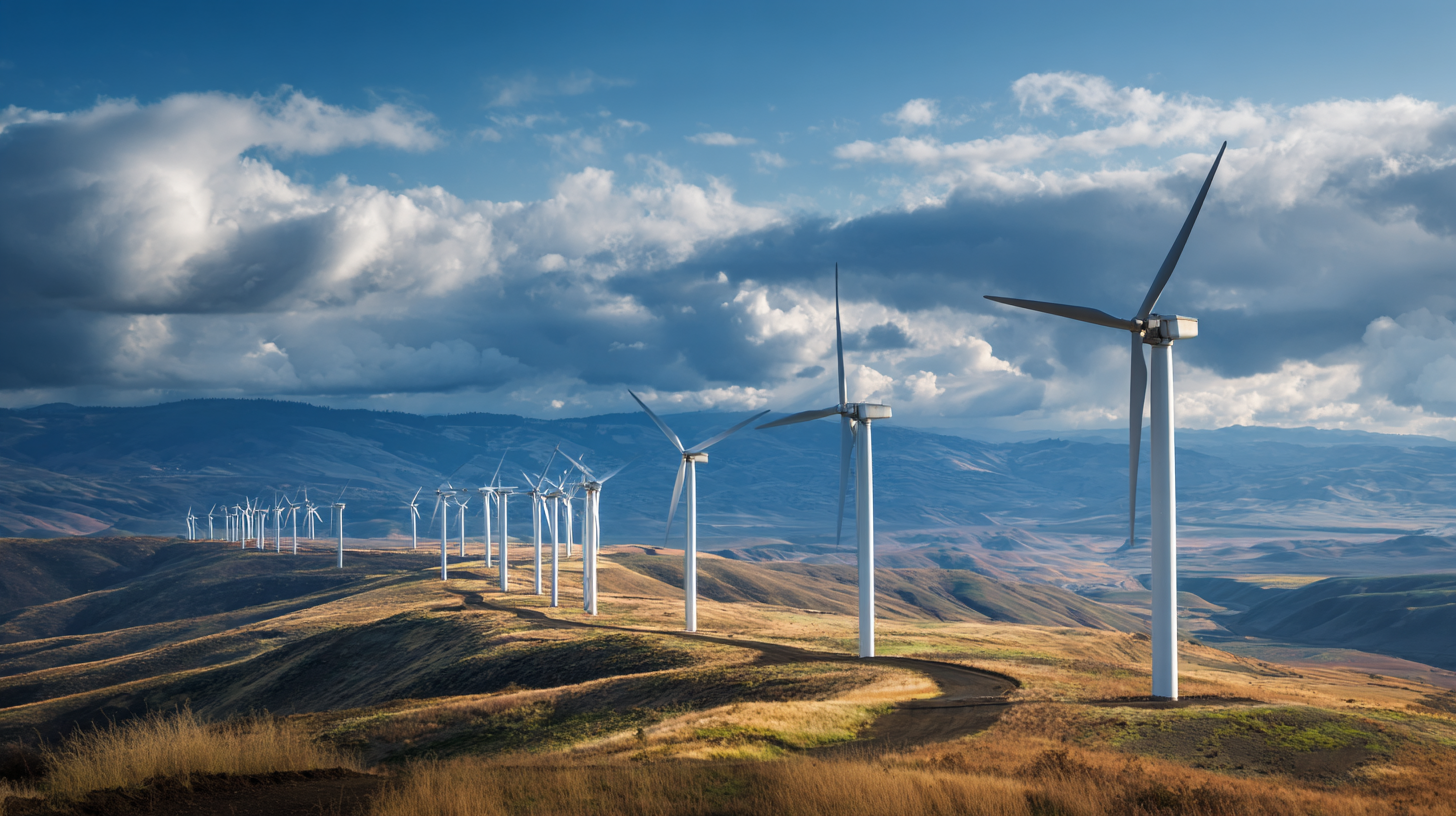
Furthermore, according to a fact sheet on the local benefits of renewable energy, these projects contribute to community benefit funds and improve essential infrastructure, fostering a healthier living environment and stronger local economies. In the U.S., investments in renewable energy are projected to drive job creation in the sector, with a focus on green jobs that contribute to sustainability and innovation. For instance, communities hosting wind and solar farms saw an influx of over $12 billion in investments from 2014 to 2022, reflecting the transformative economic potential of renewable energy projects.
This growth not only enhances public health and environmental conditions but also lays the foundation for a resilient and economically vibrant future.

